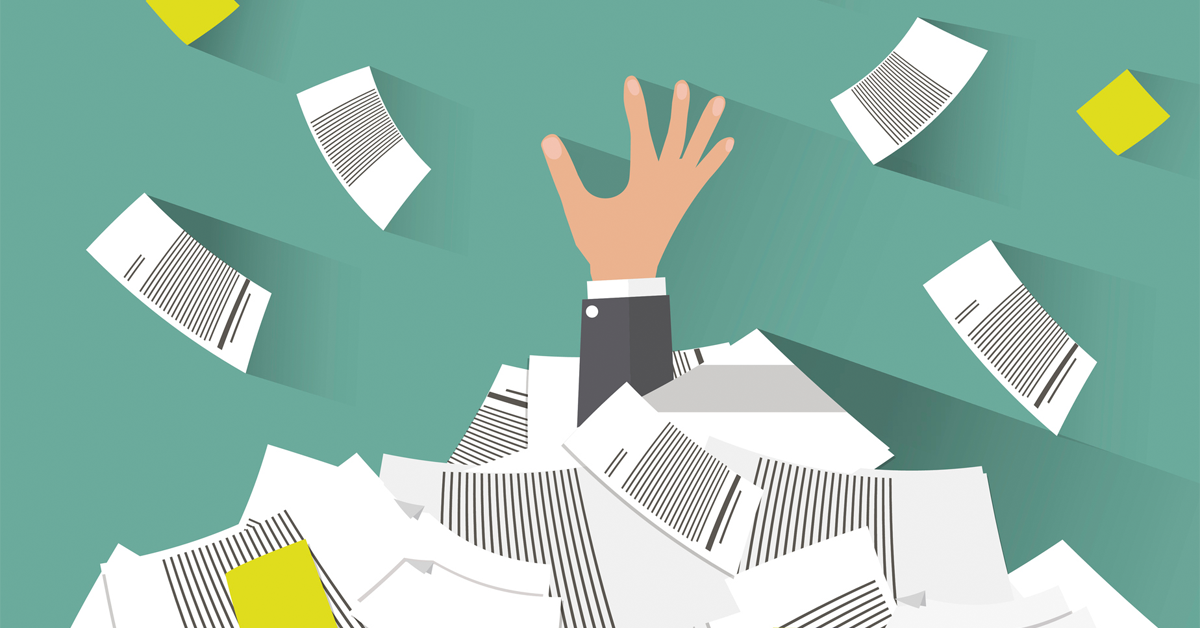Best Wi-Fi Analyzer Tools – Free and Paid
As the number of wireless networks explodes, detecting, managing, and maintaining your Wi-Fi can become problematic. When everyone around you is blasting their own Wi-Fi signals—particularly in large business complexes with lots of other large companies—you’re more likely to experience problems with Wi-Fi signals dropping out, poor connectivity, and slow performance. Within your Wi-Fi network,…
Defining Constraints within CREATE TABLE in Oracle 12c
You can use the CREATE TABLE statement to enforce several different kinds of constraints on a table: candidate keys, primary keys, foreign keys, and check conditions. A CONSTRAINT clause can constrain a single column or group of columns in a table. The point of these constraints is to get Oracle to do most of the work…
Oracle Log Buffer Space Wait Event
The log buffer space wait event occurs when server processes write data into the log buffer faster than the LGWR process can write it out. The LGWR process begins writing entries to the online redo log file if any of the following conditions are true: The log buffer reaches the _log_io_size threshold. By default, this…
Oracle Cache Buffers Chain Latch
A user process acquires the CACHE BUFFERS CHAINS latch to scan the System Global Area (SGA) for database cache buffers. Blocks in the buffer cache are placed on linked lists (cache buffer chains). Blocks are put on the hash chain according to their DBA (data block address) and CLASS of the block. Each hash chain…
Solving Oracle enq: TM Contention Wait Events
Recently, I was assisting one of our customers for Oracle trying to diagnose sessions waiting on the “enq: TM – contention” event. The blocked sessions were executing simple INSERT statements similar to: INSERT INTO supplier VALUES (:1, :2, :3); Waits on enq: TM – contention indicate there are unindexed foreign key constraints. Reviewing the SUPPLIER…
Understanding the Oracle db file sequential read Wait Event
The db file sequential read wait event has three parameters: file#, first block#, and block count. In Oracle Database 10g, this wait event falls under the User I/O wait class. Keep the following key thoughts in mind when dealing with the db file sequential read wait event. Common Causes, Diagnosis, and Actions The db file…
SQL Server fn_dblog() Function Details and Example
The fn_dblog() function (formerly known as the DBCC command) is one of several undocumented functions for SQL Server; it allows you to view the transaction log records in the active part of the transaction log file for the current database. Note that use of the fn_dblog() function (and all other undocumented commands) against a production…
Oracle Wait Event Explained: Direct Path Read Temp
About the direct path read temp wait event When a session reads buffers from disk directly into the PGA, the wait is on direct path read temp. This is closely related to the direct path read wait. If the I/O subsystem doesn’t support asynchronous I/Os, then each wait corresponds to a physical read request. If…
Oracle PL/SQL Lock Timer Wait Event
The PL/SQL lock timer wait event represents the amount of time a user or application has “slept” through the USER_LOCK.SLEEP or DBMS_LOCK.SLEEP procedures. The ‘idle’ event “PL/SQL lock timer” is worth watching because it can indicate issues with application response, throughput and possibly coding. The PL/SQL lock timer wait event is, as the command that issues…
The Best Free Help Desk Software and Ticketing Systems in 2022
The success or failure of your customer service systems directly impacts everything else in your business. If your customers are unhappy, it’s unlikely you’re going to be especially successful in the long term. For the sake of business continuity and continuous improvement, monitoring and managing your customer service solution is of paramount importance. Leaving it…
Oracle Row Cache Lock Wait Event Explained
In order for DDL (Data Definition Language) to execute, it must acquire a row cache lock to lock the data dictionary information. The shared pool contains a cache of rows from the data dictionary that helps reduce physical I/O to the data dictionary tables and allows locking of individual data dictionary rows. The locks on the…
Oracle Log File Sync Wait Event
The Oracle “log file sync” wait event is triggered when a user session issues a commit (or a rollback). The user session will signal or post the LGWR to write the log buffer to the redo log file. When the LGWR has finished writing, it will post the user session. The wait is entirely dependent…
Oracle Read By Other Session Wait Event
When a session waits on the “read by other session” event, it indicates a wait for another session to read the data from disk into the Oracle buffer cache. If this happens too often the performance of the query or the entire database can suffer. Typically this is caused by contention for “hot” blocks or…
Top 7 Network Mapping Tools
Mapping your network is vitally important for staying informed on its performance, pinpointing bottlenecks or network issues, and effectively troubleshooting problems. However, approaching this process manually can quickly become overwhelming, particularly if you have a large or complex network. I’ve found using a network mapping tool is a much better approach—especially if it can map…
Guide to Proactive IT support and problem solving with dedicated tools
As organizations increasingly adopt more devices, applications, and other technologies, IT teams addressing problems before they arise is a vital part of avoiding downtime, maintaining productivity, and ultimately growing revenue. While a reactive approach has traditionally been good enough, the most successful organizations are increasingly taking proactive measures to ensure employees always have access to…
Seven Powerful Reasons You Need Efficient Ticket Management
IT admins, help desk technicians, and support staff members are constantly bombarded with service requests. Involving everything from routine maintenance to more complex tasks, the IT department is always busy maintaining company productivity. Without efficient help desk software to assist in the creation, routing, and tracking of support requests, among other functions, support specialists can struggle…
Oracle Latch Free Wait Event
The Oracle latch free wait event occurs when a session needs a latch, tries to get the latch, but fails because someone else has it. So, it sleeps with a wait on latch free, wakes up and tries again. The time it was asleep is the wait time for “latch free.” There is no ordered…
5 Best Tools for Log Collection and Archiving With Guide
Collecting and archiving logs is an essential practice for any organization looking to maintain the performance and security of their network. Logs are like a diary for your devices. They record every message sent from any of your network systems. This information can prove essential for everything from understanding the daily activities of your infrastructure,…
7 Best Network Management Software Tools
Managing a network can be daunting, especially as your infrastructure grows in size and complexity. Fortunately, network management software can help you monitor, manage, and optimize your network, ensuring everything runs smoothly. This post will explore the seven best network management software tools available today. After, we’ll dive into a comprehensive guide on network management…
6 Best Splashtop Alternatives for 2025
There are several remote desktop tools available on the market today, which can make it difficult to choose the one best suited to your company’s individual needs. Although Splashtop is a very popular remote access tool with a global customer base, it isn’t a one-size-fits-all solution and you may find another tool is better able…
Guide to Data Observability
The way we manage, qualify, and utilize our data is constantly tested. With the amount of information we have at our disposal, managing and ensuring data quality has become a strategic lever for companies striving for excellence. How can we ensure our data management is flawless and the data quality on which we base our…


